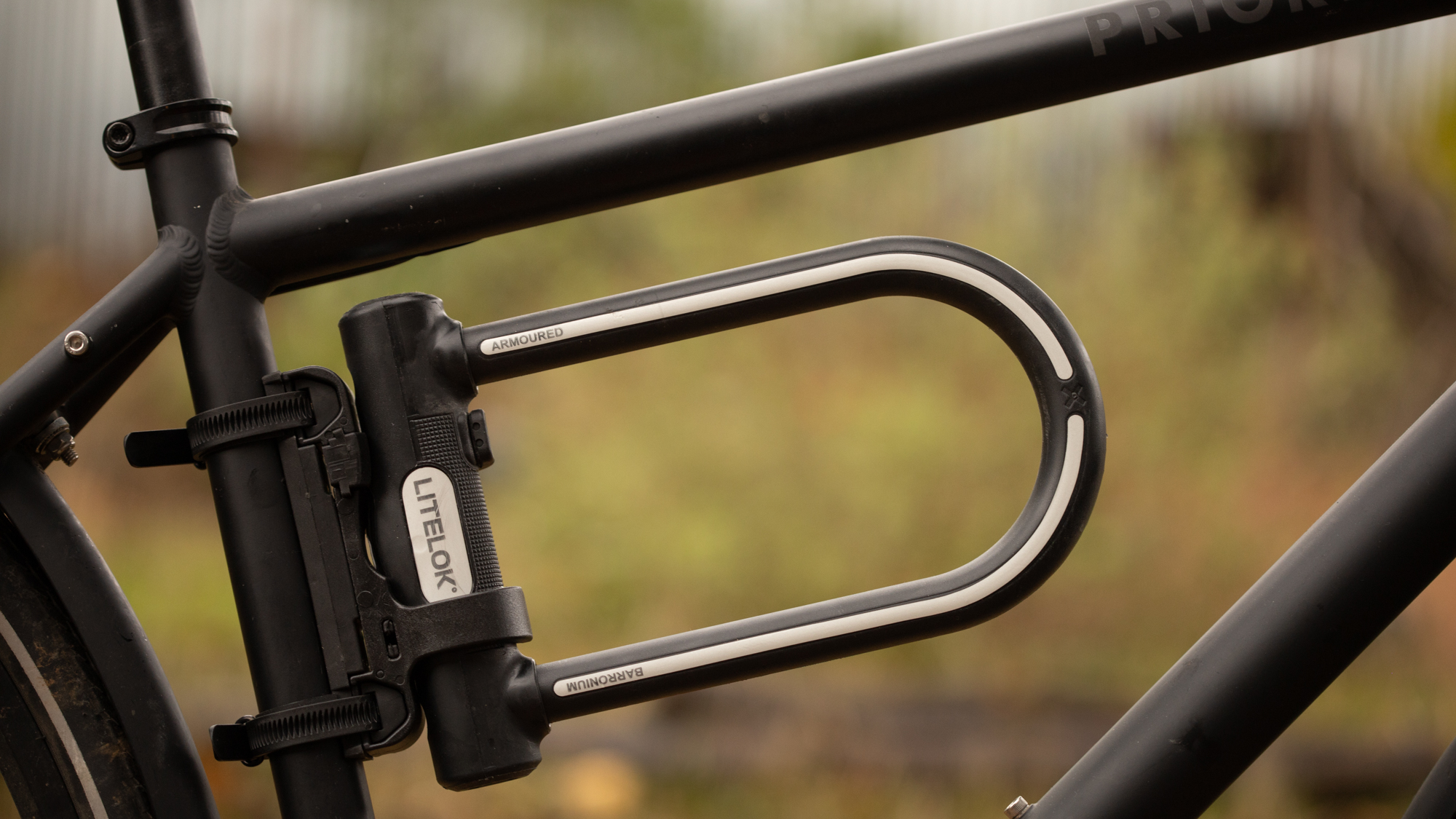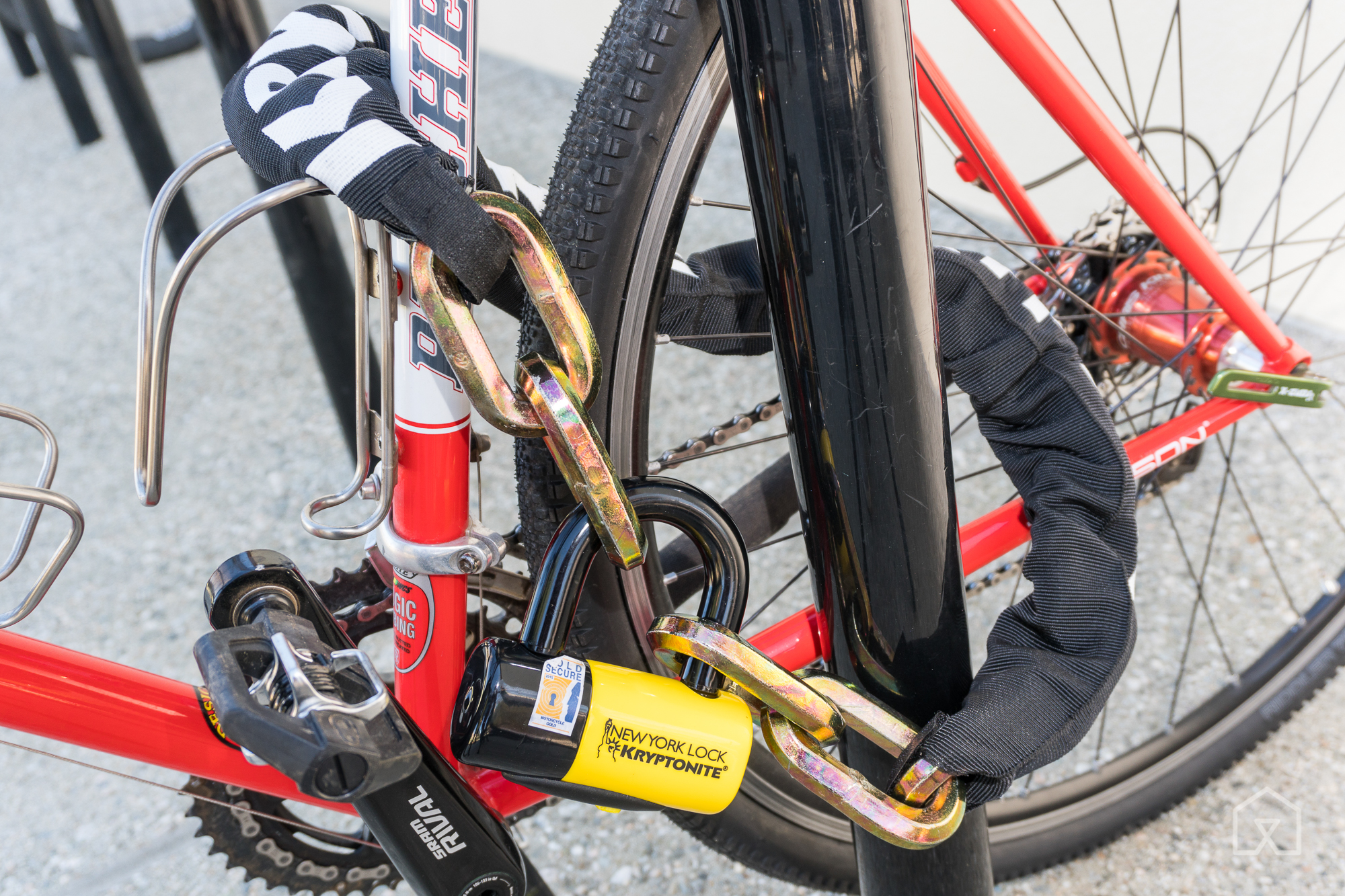Why You Need a High-Security Bike Lock
As a cyclist, the thought of having your bike stolen is a constant concern. Bike theft is a pervasive problem that affects cyclists worldwide, with thousands of bikes stolen every year. The financial loss can be significant, with high-end bikes worth thousands of dollars. However, the emotional impact of bike theft can be just as devastating, leaving cyclists feeling vulnerable and violated. Investing in a high-quality bike lock is essential to protect your bike from thieves and minimize the risk of financial and emotional loss. A high-security bike lock can provide peace of mind, allowing you to park your bike with confidence and enjoy your ride without worrying about its safety. In particular, an angle grinder resistant bike lock offers an added layer of protection against determined thieves who may attempt to use power tools to cut through the lock. By investing in a high-security bike lock, you can ensure that your bike is protected from theft and enjoy your ride with confidence.
What Makes a Bike Lock Angle Grinder Resistant?
A bike lock’s resistance to angle grinders is determined by its materials, design, and locking mechanisms. High-security bike locks are typically made from hardened steel or titanium, which are resistant to cutting and prying. The lock’s design also plays a crucial role in its resistance to angle grinders. For example, a lock with a narrow shackle and a protective sleeve can make it difficult for thieves to access the lock’s internal mechanisms. Additionally, the locking mechanism itself can be designed to resist angle grinders. For instance, some locks feature a disc-style cylinder or a locking mechanism that is protected by a hardened steel plate. These features make it extremely difficult for thieves to use angle grinders to cut through the lock. When shopping for an angle grinder resistant bike lock, look for locks that have been tested and certified by reputable organizations, such as Sold Secure or ART. These certifications ensure that the lock has met rigorous testing standards and can withstand various forms of attack, including angle grinders.
How to Choose the Best Angle Grinder Resistant Bike Lock for Your Needs
Choosing the right angle grinder resistant bike lock can be a daunting task, especially with the numerous options available in the market. However, by considering a few key factors, cyclists can make an informed decision and ensure their bike is protected from thieves. First and foremost, consider your budget. Angle grinder resistant bike locks can range from under $50 to over $200, so it’s essential to set a budget and stick to it. Next, think about the type of bike you have. If you have a high-end road bike, you may want to invest in a more heavy-duty lock, while a commuter bike may require a more compact and lightweight option. Storage requirements are also crucial. If you plan to store your bike in a small apartment or office, a compact lock may be the best option. On the other hand, if you have ample storage space, a larger lock may provide added security. Additionally, consider the level of security you need. If you live in a high-crime area, you may want to invest in a lock with a higher security rating. Finally, read reviews and do your research. Look for locks that have been tested and certified by reputable organizations, such as Sold Secure or ART. By considering these factors, cyclists can choose the best angle grinder resistant bike lock for their needs and ensure their bike is protected from thieves.
Kryptonite vs Abus: A Comparison of Top-Rated Angle Grinder Resistant Bike Locks
When it comes to choosing an angle grinder resistant bike lock, two popular options stand out: Kryptonite and Abus. Both brands offer high-quality locks that have been tested and certified by reputable organizations, such as Sold Secure or ART. However, there are some key differences between the two brands that cyclists should consider. Kryptonite’s New York Fahgettaboudit U-Lock, for example, features a 14mm shackle made from hardened steel, making it extremely resistant to cutting and prying. Additionally, the lock’s disc-style cylinder and anti-rotation feature make it difficult for thieves to use angle grinders. On the other hand, Abus’s Granit X Plus 540 U-Lock boasts a 13mm shackle made from special alloy steel, which provides excellent resistance to cutting and bending. The lock’s Powercell technology also makes it difficult for thieves to use angle grinders, as it detects and responds to attempted attacks. Both locks are highly rated by cyclists and have been proven to be effective in preventing bike theft. However, the Kryptonite lock is slightly more expensive than the Abus lock, and the Abus lock is slightly lighter and more compact. Ultimately, the choice between the two locks will depend on a cyclist’s specific needs and preferences. By considering the features, pros, and cons of each lock, cyclists can make an informed decision and choose the best angle grinder resistant bike lock for their needs.
Additional Security Measures to Prevent Bike Theft
In addition to investing in an angle grinder resistant bike lock, there are several other security measures that cyclists can take to prevent bike theft. One of the most effective ways to protect a bike is to register it with the local authorities. This can be done through online platforms, such as BikeIndex or Stolen Bike, which allow cyclists to register their bike’s details, including its make, model, and serial number. In the event of theft, this information can be used to identify the bike and increase the chances of recovery. Another important security measure is to park a bike in a secure location. This can include designated bike parking areas, such as bike racks or lockers, or well-lit and heavily trafficked areas. Cyclists should also consider using additional locking devices, such as chain locks or cable locks, to provide extra security. Alarm systems can also be an effective deterrent against bike theft. These systems typically consist of a small device that attaches to the bike and emits a loud noise when the bike is moved or tampered with. Some alarm systems can even be connected to a cyclist’s smartphone, providing real-time alerts in the event of theft. By combining these security measures with an angle grinder resistant bike lock, cyclists can significantly reduce the risk of bike theft and ensure their bike is protected from thieves.
Real-Life Examples of Angle Grinder Resistant Bike Locks in Action
While it’s easy to get caught up in the technical specifications and features of angle grinder resistant bike locks, it’s often the real-life examples that truly demonstrate their effectiveness. Take, for instance, the story of Sarah, a commuter cyclist who parked her bike in a busy city center. Despite being surrounded by people, a thief attempted to steal her bike using an angle grinder. However, Sarah had invested in a high-quality angle grinder resistant bike lock, which successfully resisted the thief’s attempts. The lock’s robust design and materials prevented the grinder from making any significant progress, and the thief eventually gave up and fled the scene. Sarah’s bike was left untouched, and she was able to continue her daily commute without interruption. Another example is that of Mark, a recreational cyclist who stored his bike in a locked shed. One night, a group of thieves attempted to break into the shed and steal Mark’s bike. However, they were thwarted by the angle grinder resistant bike lock, which refused to yield to their attempts. The thieves eventually abandoned their efforts, and Mark’s bike remained safe and secure. These real-life examples demonstrate the importance of investing in an angle grinder resistant bike lock. By choosing a high-quality lock, cyclists can significantly reduce the risk of bike theft and ensure their bike is protected from thieves.
Common Mistakes to Avoid When Using an Angle Grinder Resistant Bike Lock
While an angle grinder resistant bike lock can provide excellent protection against bike theft, it’s not a foolproof solution. Cyclists must also use the lock correctly and avoid common mistakes that can compromise its effectiveness. One of the most common mistakes is incorrect locking techniques. For example, locking the bike to a weak or movable object, such as a small tree or a signpost, can make it easy for thieves to simply lift the bike and lock together. Similarly, locking the bike in a way that allows the lock to be easily accessed, such as by leaving the lock hanging loose or at an angle, can make it vulnerable to angle grinder attacks. Another mistake is inadequate storage. Leaving a bike in a poorly lit or secluded area, or storing it in a way that makes it easily accessible to thieves, can increase the risk of theft. Additionally, failing to regularly inspect and maintain the lock can lead to wear and tear, reducing its effectiveness over time. By avoiding these common mistakes, cyclists can ensure that their angle grinder resistant bike lock provides maximum protection against bike theft.
Conclusion: Stay One Step Ahead of Thieves with an Angle Grinder Resistant Bike Lock
In conclusion, protecting a bike from theft requires a combination of common sense, good habits, and the right equipment. An angle grinder resistant bike lock is a crucial investment for any cyclist, providing a strong defense against thieves and their tools. By understanding the features that make a bike lock resistant to angle grinders, choosing the right lock for their needs, and using it correctly, cyclists can significantly reduce the risk of bike theft. Additionally, by taking extra security measures such as registering their bike, using parking strategies, and installing alarm systems, cyclists can stay one step ahead of thieves. Remember, a high-quality angle grinder resistant bike lock is not just a necessary expense, but a valuable investment in the safety and security of your bike. By taking proactive steps to protect their bikes, cyclists can enjoy the freedom and joy of cycling, without the worry of bike theft.









